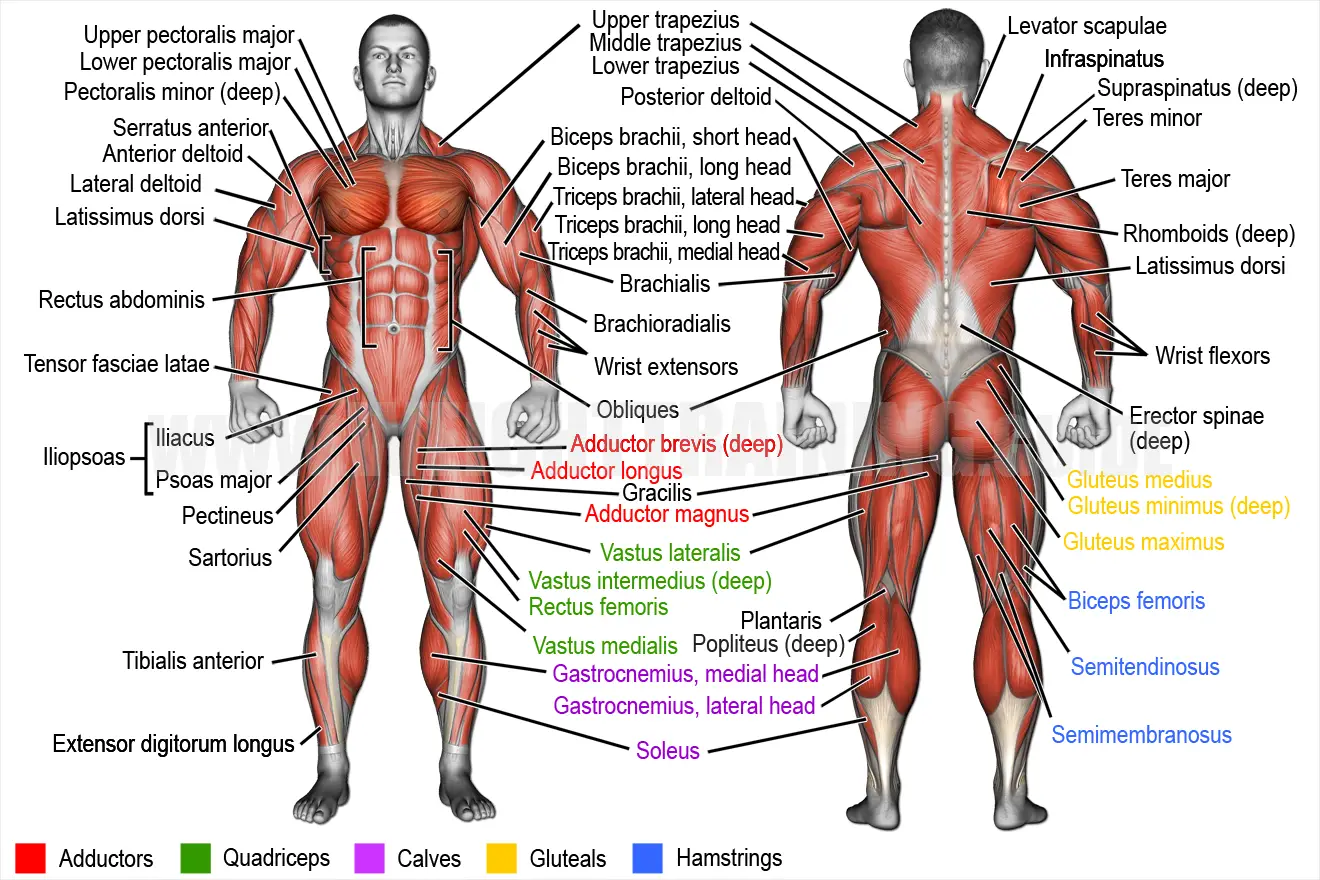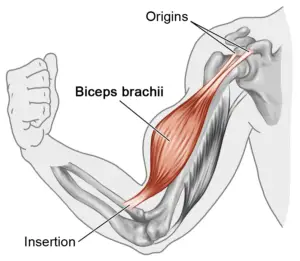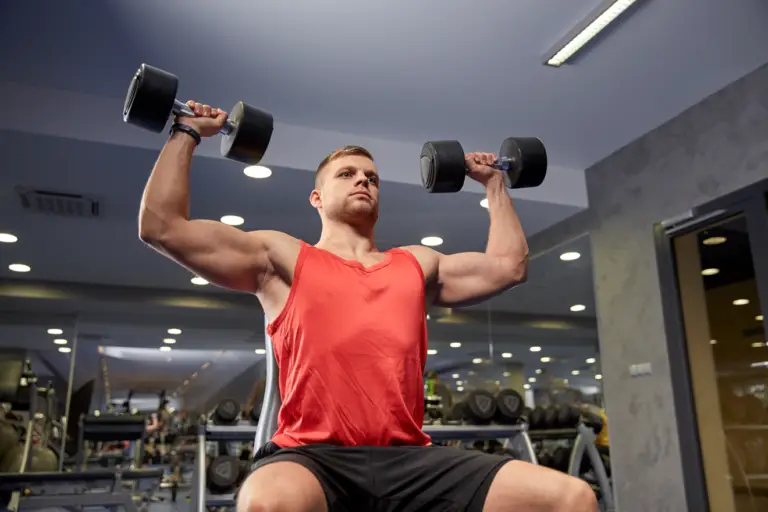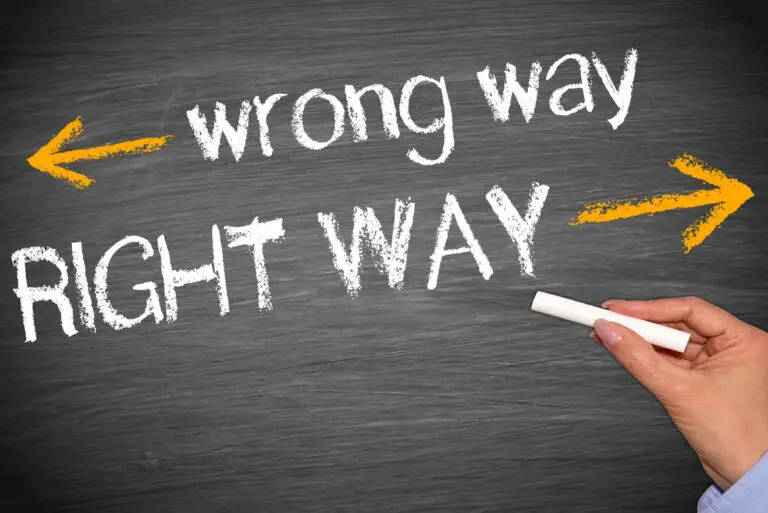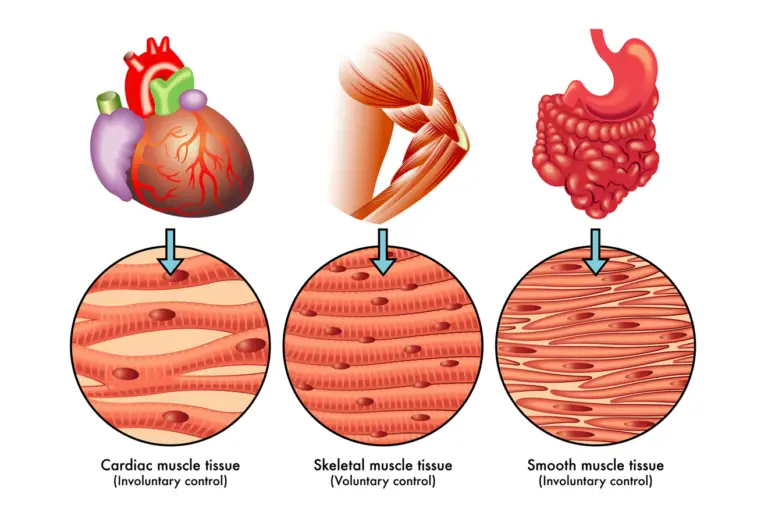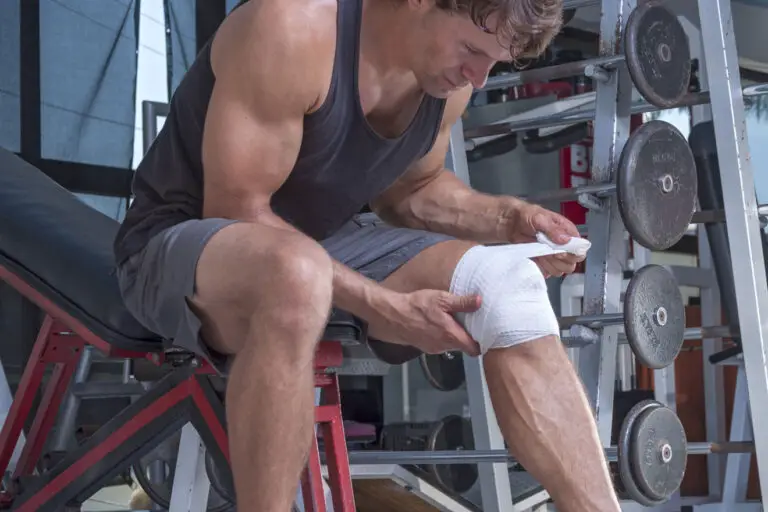Muscle names
Why you should learn muscle names
If you are going to take up weight training, you should familiarize yourself with your musculoskeletal system, or at least learn the names of the major muscles that you will be training. Being familiar with your muscles and how they function will help you to choose the right exercises, practice proper form when you train, and better connect with and target your muscles. If you know muscle names, you will also be able to communicate your goals to others more clearly and efficiently.
Depending on whom you ask, there are between 640 and 700 named muscles in the human body, which doesn’t include the hundreds of smaller muscles that have not been named. However, for our purposes, we only need to learn the names of the superficial muscles, as labeled in Figure 1 above. Figure 1 presents the anterior and posterior superficial muscles of the human body. Of course, the muscles are the same in both men and women.
How to memorize muscle names
To help yourself memorize muscle names, identify them in your own body, and try to flex them. You could also write them down, create flash cards, draw a mind map, or even make up a song. I found that the best way to remember muscle names is to draw and label them, as well as describe them to other people.
Muscle naming conventions
Muscle names are actually quite interesting. Usually derived from Latin, a muscle’s name often tells you something about the muscle, such as its location, origin, number of origins, insertion, size, shape, direction, or function.
Location
Many muscle names indicate the muscle’s location. For example, the tibialis anterior is named after the part of the bone to which it is attached (the anterior portion of the tibia), and the names of the brachialis and brachioradialis muscles tell you that they are located in the arm because the word bracchium means ‘arm’ in Latin.
Number of origins
Muscles are usually attached to two bones. One end of the muscle attaches to one bone and the other end attaches to another. Traditionally, the proximal end of a muscle (the end of the muscle that is closest to the head) is known as its origin, whereas the distal end of a muscle (the end of the muscle that is farthest from the head) is known as its insertion (Figure 2).
Figure 2. The two origins and the insertion of the biceps brachii.
A number of muscles have more than one origin, and this is sometimes expressed in their names. For example, a biceps muscle has two origins, a triceps muscle has three origins, and a quadriceps muscle has four origins.
Size
Many muscles located close together in a specific region of the body are named after their size. For example, in the buttock region, you have the gluteus minimus (small), gluteus medius (medium), and gluteus maximus (large). Longus (longest) and brevis (shortest) are other common suffixes added to muscle names.
Shape
Some muscles are named after shapes. For example, the shoulder muscle, more properly known as the deltoid, has a Delta-like or triangular shape; the trapezius has a trapezoid shape; the serratus anterior has a serrated or saw-toothed shape; and the rhomboid major has a rhomboidal or diamond-like shape.
Direction
The terms rectus (parallel), transverse (perpendicular), and oblique (at an angle) in muscle names tell you the angle in which the muscle’s fibers run relative to the midline of the body. For example, in the abdominal region, the fibers of the rectus abdominis run parallel with the midline, the fibers of the transverse abdominis run perpendicular relative to the midline, and the fibers of the external oblique run at an angle relative to the midline.
Function
Muscles are also sometimes named after their function or action. Terms such as flexor, extensor, abductor, and adductor are added to muscle names to indicate the kind of movement that they generate. For example, the wrist flexors flex the wrist, the wrist extensors extend the wrist, and the adductor magnus adducts the thigh (pulls it towards the midline).

